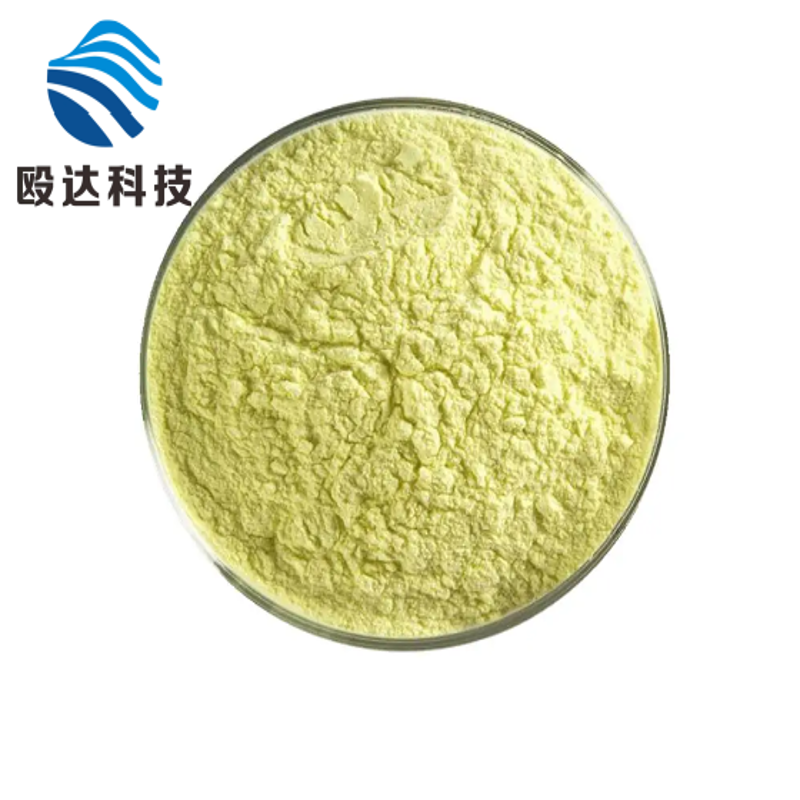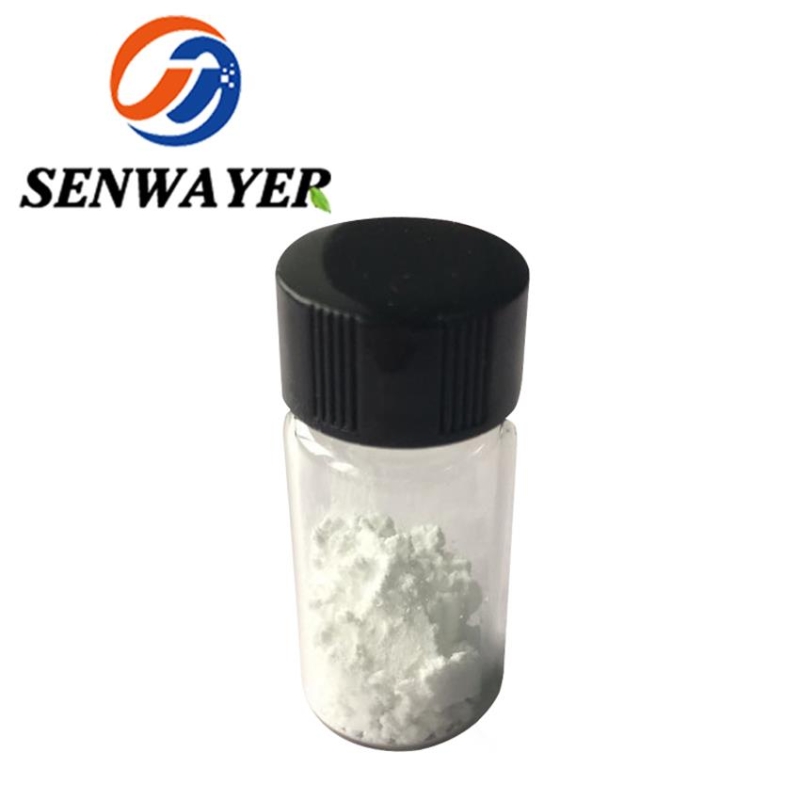-
Categories
-
Pharmaceutical Intermediates
-
Active Pharmaceutical Ingredients
-
Food Additives
- Industrial Coatings
- Agrochemicals
- Dyes and Pigments
- Surfactant
- Flavors and Fragrances
- Chemical Reagents
- Catalyst and Auxiliary
- Natural Products
- Inorganic Chemistry
-
Organic Chemistry
-
Biochemical Engineering
- Analytical Chemistry
- Cosmetic Ingredient
-
Pharmaceutical Intermediates
Promotion
ECHEMI Mall
Wholesale
Weekly Price
Exhibition
News
-
Trade Service
The Synthesis of (αS)-α-Aminobenzo[b]thiophene-3-propanoic Acid: A Review of Current Methods and Future Directions
In the field of organic chemistry, the synthesis of complex natural products and molecules with unique structures and properties has long been a subject of intense research.
One such molecule is (αS)-α-aminobenzo[b]thiophene-3-propanoic acid, a compound that has been studied extensively due to its potential as a pharmaceutical agent and its promising applications in other fields.
The synthesis of (αS)-α-aminobenzo[b]thiophene-3-propanoic acid has been the subject of many research studies over the past several decades, and several synthetic routes have been developed to synthesize this compound.
In this article, we will review some of the most commonly used synthetic routes for the synthesis of (αS)-α-aminobenzo[b]thiophene-3-propanoic acid and discuss their advantages and disadvantages.
- The classical route
The classical route to (αS)-α-aminobenzo[b]thiophene-3-propanoic acid involves a multi-step synthesis that involves several chemical transformations, including the condensation of benzaldehyde with sodium hydroxide, the reduction of the resulting benzaldehyde with lithium aluminum hydride, the nitration of the resulting benzene derivative with nitric acid, and the reduction of the resulting nitro compound with hydrogen in the presence of a catalyst such as palladium on barium carbonate.
The advantages of the classical route include its general applicability and the availability of the reagents and equipment required for the synthesis.
However, this route requires a significant amount of time and effort and can be quite expensive due to the need for specialized equipment and reagents.
Additionally, the classical route involves the use of hazardous reagents such as nitric acid, which can be difficult to handle and dispose of safely.
- The enzymatic route
Recently, an enzymatic route to (αS)-α-aminobenzo[b]thiophene-3-propanoic acid has been developed, which involves the use of enzymes to perform the chemical transformations required for the synthesis.
This route involves the use of enzymes such as phenyl acetate synthase, which is responsible for the condensation of benzaldehyde and acetic acid to form phenyl acetate, and benzene sulfo-lyase, which is responsible for the conversion of phenyl acetate into (αS)-α-aminobenzo[b]thiophene-3-propanoic acid.
The advantages of the enzymatic route include its potential for high yield and selectivity, as well as its potential for the use of renewable biomass as a source of the starting materials.
However, this route is still in the early stages of development, and more research is needed to optimize the reaction conditions and to scale up the reaction for industrial applications.
- The microwave-assisted route
In recent years, microwave-assisted synthesis has emerged as a promising alternative to classical chemistry-based synthesis methods.
The microwave-assisted route to (αS)-α-aminobenzo[b]thiophene-3-propanoic acid involves the use of microwave radiation to accelerate the reaction kinetics and to increase the yield and selectivity of the synthesis.
The advantages of the microwave-assisted route include its efficiency and scalability, as well as its potential for the use of green chemistry







